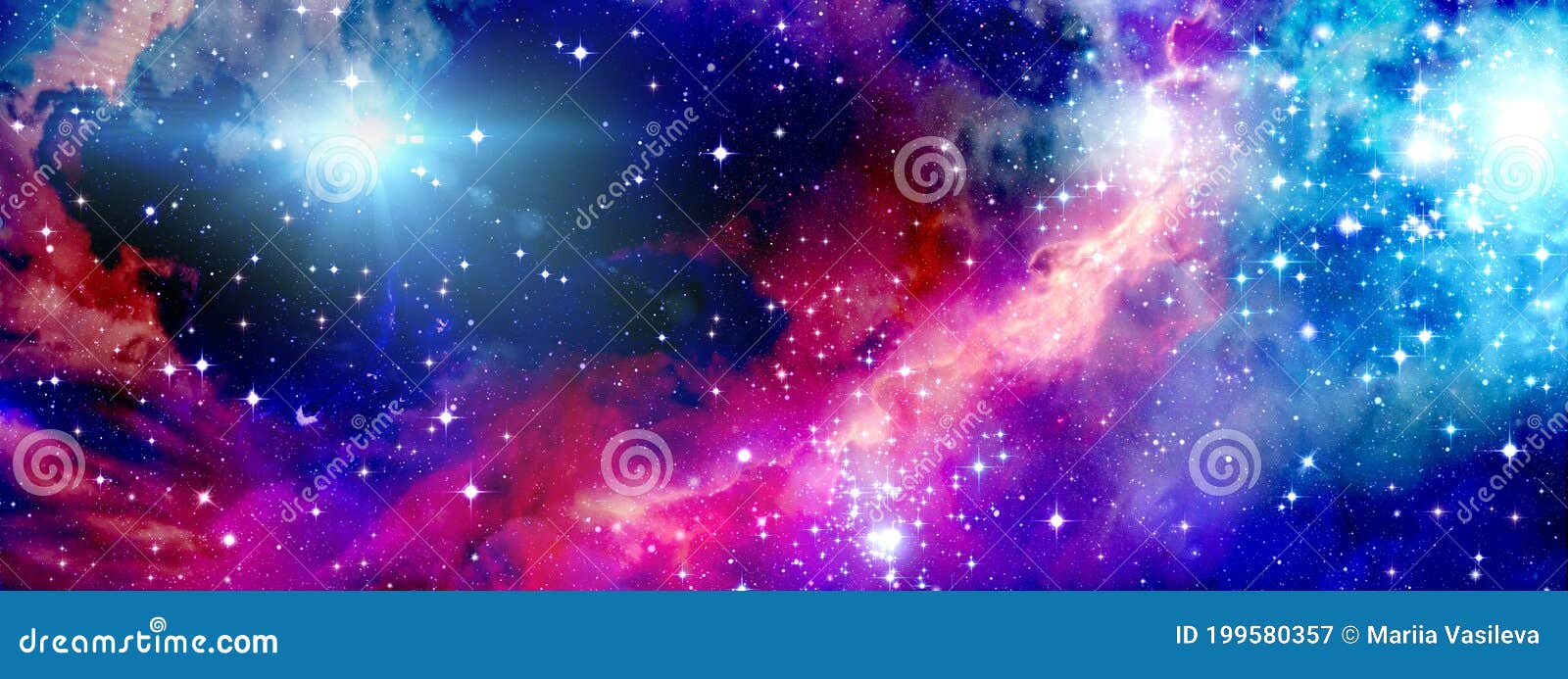


The Hubble eXtreme Deep Field – one of the deepest astronomical images ever taken – featuring more than 10,000 galaxies in a region about a hundred times smaller than the size of the full moon in the sky. Our team is using galaxies and galaxy clusters as gravitational lenses to hunt such objects down, and is using numerical models to learn more about their properties. Since the light from some of the most distant galaxies we currently know of have taken more than ten billion years to reach us, we can learn more about reionization-epoch galaxies by studying these extremely faint and far-away objects.

While a host of astronomical objects could in principle have contributed to this process, star-forming galaxies are usually seen as the top candidates, since they are already known to exist in great numbers at the relevant epoch. The origin of these ionizing photons remains unclear, which makes cosmic reionization one of the great unsolved puzzles of the early Universe. However, at some point during the first billion years of cosmic history, the Universe was flooded with highly energetic photons which brought the hydrogen in the intergalactic medium back into a highly ionized state. After the Big Bang, the Universe expanded, cooled off and eventually allowed protons and electrons to form neutral hydrogen.


 0 kommentar(er)
0 kommentar(er)
